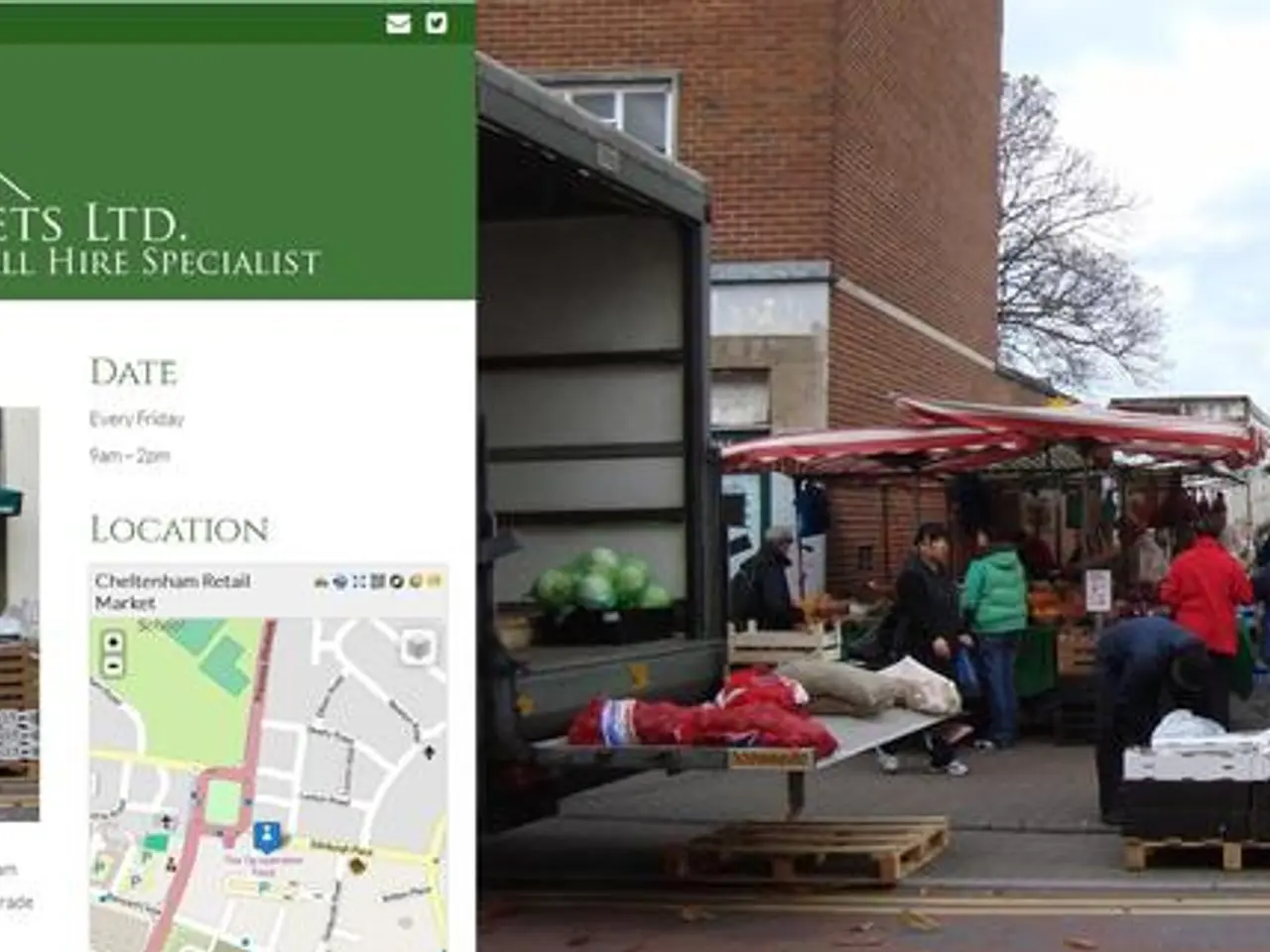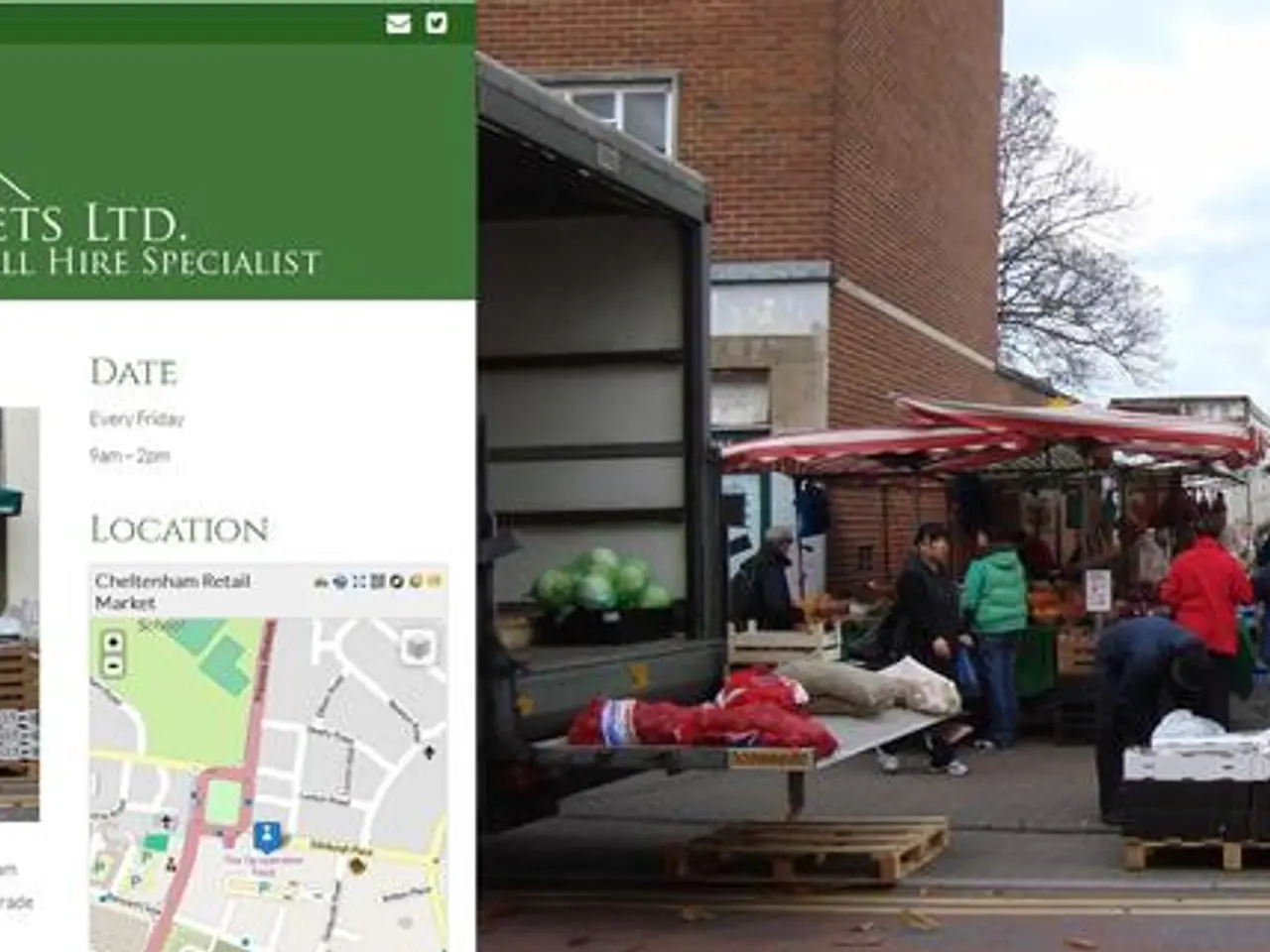Urban centers rely heavily on suburban regions
The Transformative Impact of Suburbs on Metropolitan Development
Suburbs surrounding major German cities like Berlin, Munich, and Frankfurt are playing a pivotal role in shaping the economic and social landscape of these metropolitan areas. These suburban regions function as critical residential zones, helping manage urban density and housing demand while promoting balanced regional growth.
One of the key benefits of suburbs is their role as regional economic hubs. They facilitate the provision of services not only to urban residents but also to populations in adjacent rural territories, thereby distributing economic activities across a wider metropolitan area and alleviating pressure on city centers [1]. However, as suburban areas mature, challenges such as infrastructure maintenance and upgrading become more prominent [3]. Cities must then focus on maintaining and renewing existing suburban infrastructure to sustain economic vitality.
Suburbs also contribute significantly to social development. They offer new housing opportunities, addressing the strain on housing markets in major German cities. New urban districts and neighborhoods are designed with a focus on quality of life, social cohesion, and sustainability [2]. There is an increasing emphasis on building "neighbourhoods with a future" - places that foster social integration, affordability, and community well-being, which are essential to metropolitan social stability and inclusiveness [2].
Effective suburban development depends on coordinated planning across municipalities and tiers of government to balance urban expansion with rural preservation and prevent urban sprawl [1]. Studies suggest that institutional characteristics influence how well suburbs and cities coordinate spatial plans and infrastructure, impacting long-term metropolitan cohesion [1].
The promotion of walkability, bicycling, and transit-oriented development in suburban areas helps reduce dependence on cars, supports local businesses, and improves residents' quality of life and health outcomes [4]. Suburbs are no longer just "bedroom communities," but have become independent entities with their own infrastructure, economy, schools, business parks, cultural facilities, and mobility options [5].
The growth of suburbs has led to a shift away from single-family housing estates and social housing towards more diverse living arrangements. Intergenerational concepts and integrative urban planning can significantly improve the quality of life in suburbs [6]. Local initiatives play a significant role in shaping the political landscape, with suburbs attracting not just logistics centers but also start-ups and small and medium-sized businesses [7].
Well-developed transportation networks, particularly in public transport, are crucial for sustainable suburban development. Suburbs serve as key transportation hubs between rural areas and metropolises, alleviating commuter traffic in metropolitan areas [8]. The future of metropolitan areas depends crucially on the development and functioning of their suburbs, with nearly half of the residents of a metropolitan area now living in a suburb [9].
Challenges in housing policy, such as those in Freiburg, may be of interest. Future-proof suburbs prioritize multimodal mobility solutions, including cycle highways and park-and-ride systems. Political challenges in rural areas may also be of interest, as suburbs offer relatively affordable housing, more green spaces, and often a more family-friendly environment compared to city centers [10].
In conclusion, suburbs in metropolitan areas like Berlin, Munich, and Frankfurt have grown significantly in recent decades and play a crucial role in shaping these cities’ economic dynamism and social fabric. They moderate housing pressures, enable coordinated regional service delivery, foster sustainable neighborhood development, and require complex institutional cooperation for balanced urban-rural growth. However, these benefits hinge on strong planning frameworks to prevent unchecked sprawl, ensure affordable housing, and maintain infrastructure as suburban territories mature.
References:
- [Krause, K., & Krumm, A. (2019). Suburbanization in Germany: Chances and Challenges. In Urbanization in Europe: Trends, Policies, and Perspectives. Springer, Cham.]
- [Bundesministerium für Verkehr und digitale Infrastruktur (2020). Strategiepapier Stadt-Land-Zusammenarbeit. Bundesministerium für Verkehr und digitale Infrastruktur.]
- [Bundesministerium für Wirtschaft und Energie (2018). Wirtschaftsstandort Deutschland 2030. Bundesministerium für Wirtschaft und Energie.]
- [Deutsche Bahn (2019). Mobilitätskonzept für die Region FrankfurtRheinMain. Deutsche Bahn.]
- [Stadtentwicklung Berlin (2019). Suburbanisierung in Berlin. Stadtentwicklung Berlin.]
- [Bundesministerium für Familie, Senioren, Frauen und Jugend (2019). Intergenerationelle Stadtentwicklung. Bundesministerium für Familie, Senioren, Frauen und Jugend.]
- [Stadtentwicklung München (2019). Suburbanisierung in München. Stadtentwicklung München.]
- [Stadtentwicklung Frankfurt am Main (2019). Suburbanisierung in Frankfurt am Main. Stadtentwicklung Frankfurt am Main.]
- [Statistisches Bundesamt (2018). Bevölkerungsentwicklung in Deutschland. Statistisches Bundesamt.]
- [Bundesverband Stadtentwicklung und Wohnen (2019). Suburbanisierung in Deutschland. Bundesverband Stadtentwicklung und Wohnen.]
- To maintain economic vigor and balanced growth in metropolitan areas, suburbs have become critical regions that not only provide services for urban residents but also peripheral areas, promoting the distribution of financial activities and reducing congestion.
- Beyond serving as residential zones, suburbs contribute to social development by offering new housing opportunities, implementing sustainable urban planning, and prioritizing social integration, thereby enhancing the overall quality of life in metropolitan areas.




